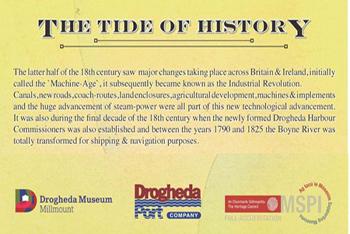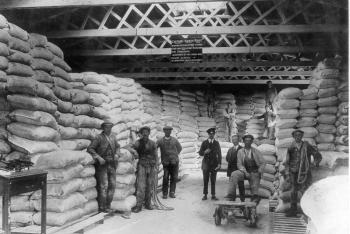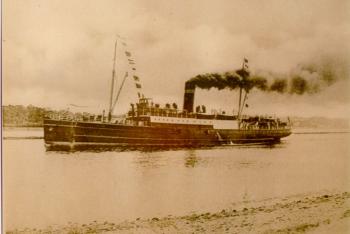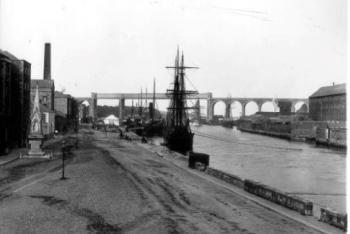The Tides of History
In 2017 Drogheda Port Company in cooperation with Drogheda Museum in Millmount displayed a temporary exhibition based on our archive. This provided an insight into the maritime history of Drogheda Port.

John Dalton's history of Drogheda
The History of Drogheda and its environs by John D'Alton (1792-1867) is a two volume work that covers the history of Drogheda from ancient times to the 19th century when Drogheda became an important industrial town. It was published in 1844.

The Steamships of Drogheda Port
The Drogheda Steam Packet Company (DSPCO) was founded in the year 1826 and it was one of the six major Irish shipping companies operating on the cross-channel and Irish Sea routes in the early days of steam.
Read more...


 A History of Drogheda Port
A History of Drogheda Port